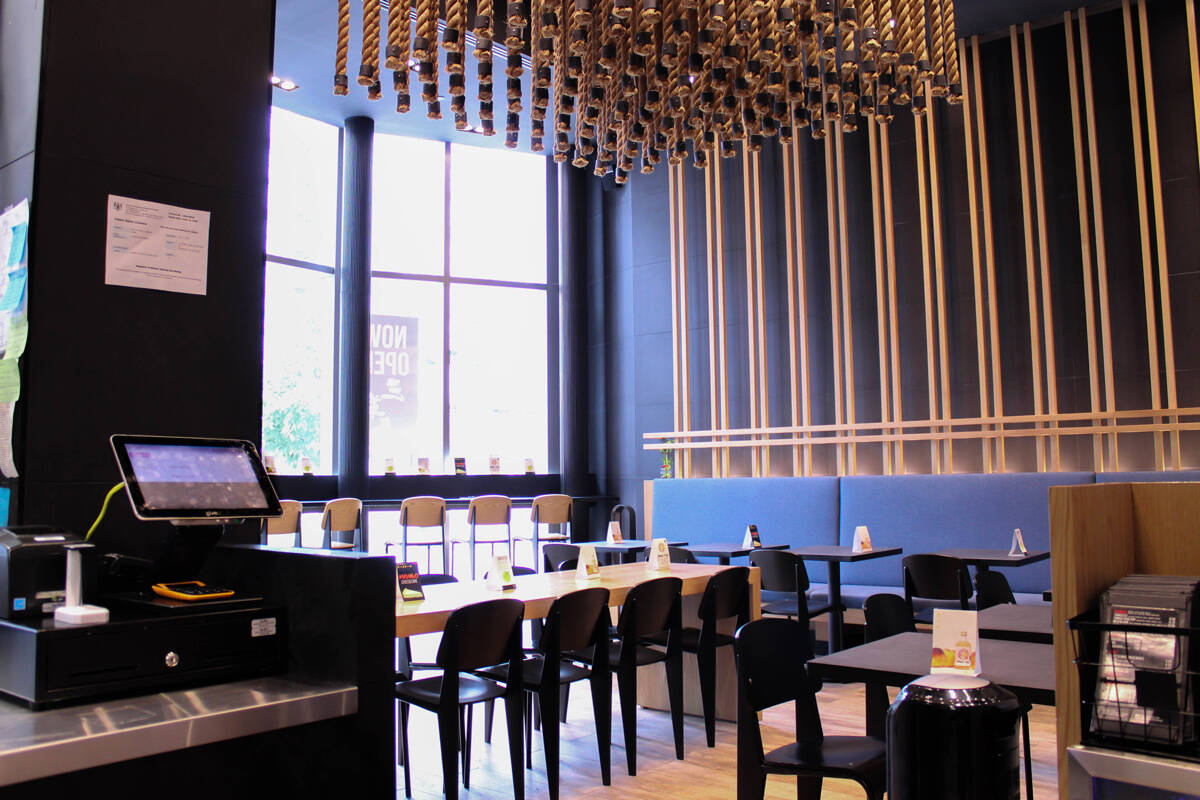British Columbians love having their food delivered, even with the full reopening of unrestricted dining out.
But third-party delivery is still the most expensive way for restaurants to fulfill an order — and the costs could increase further as restaurants pivot away from using the plastic containers.
BC Restaurant and Food Services Association CEO Ian Tostenson said people are continuing to order more delivery because the food industry demonstrated it could do delivery well when restrictions were in place.
The Association is a non-profit organization made up of businesses and individual chefs in the restaurant and catering industries.
Before the pandemic, restaurants made more than 10 per cent of revenue from delivery. That rose to upwards of 70 per cent during restrictions, Tostenson said. Since restaurants’ dining rooms have opened up, they now make more than 25 per cent of their revenue from delivery orders.
“A lot of restaurants got quite innovative [during restrictions],” Tostenson said. “They figured out how to package the food so the quality was retained when it was delivered. In addition to that, there was alcohol delivery. Now you can have a full meal, you can get your meal and have a nice bottle of wine with it. The experience is different than prior to the pandemic.”
Quality packaging, however, may become an increasing concern as the federal single-use plastic ban rolls out.
The government announced plans to halt the manufacturing and import of food-service containers made from hard-to-recycle plastics in December. This includes take-out containers made from foam, polyvinyl chloride (commonly known as vinyl), black plastic manufactured with hydrocarbon combustion and oxo-degradable plastics, according to the regulation technical guide.
The one-year grace period to use existing stocks will end during December, 2023, so restaurants will need to buy other alternatives from then on.
Tostenson said some foods deliver better than others and restaurants may stop offering items for delivery that do not travel well in alternative packaging.
The industry is on board with the shift from plastic; cardboard and paper packaging are becoming more reliable, he said. However, restaurants need to pay more for paper-based packaging than comparable plastic food containers to maintain the same food quality during transportation.
“You can do anything, but there is more cost to it.”
Offering delivery to customers costs a restaurant more than in-house or take-out. For now, the province’s 20 per cent cap on the total fees a third-party delivery app can charge has stopped local businesses from being priced out, Tostenson said.
In a recent report from food delivery app DoorDash suggests U.S. restaurant-goers are ordering delivery this year more than they did during 2021. The U.S. data is very similar to what tech company Givex is seeing in Canadian markets, President Brittain Brown said.
Givex sells products such as POS systems and apps to service businesses like restaurants. Brown said small restaurants should invest in technology to compete on the new playing field. Consumers are now clearly leaning towards online ordering, take-out and delivery, he said.
“Once upon a time they were all on the same street, well now they might not all be on the same street but they can all be on your phone,” he said. “That leaves it up to the consumer to say ‘I really like the uniqueness of this small business here and I have the same convenience of getting to them through this medium.”
Brown’s advice to small businesses on tight margins: when your restaurant is struggling to keep up with orders during fully staffed shifts, that is the best sign it is time for some form of a technology upgrade.
The bottom line for restaurant lovers who avoid in-house dining: placing a pick-up order by website or phone is the best way to support a restaurant because it is the most profitable order a business can get, Tostenson said.

